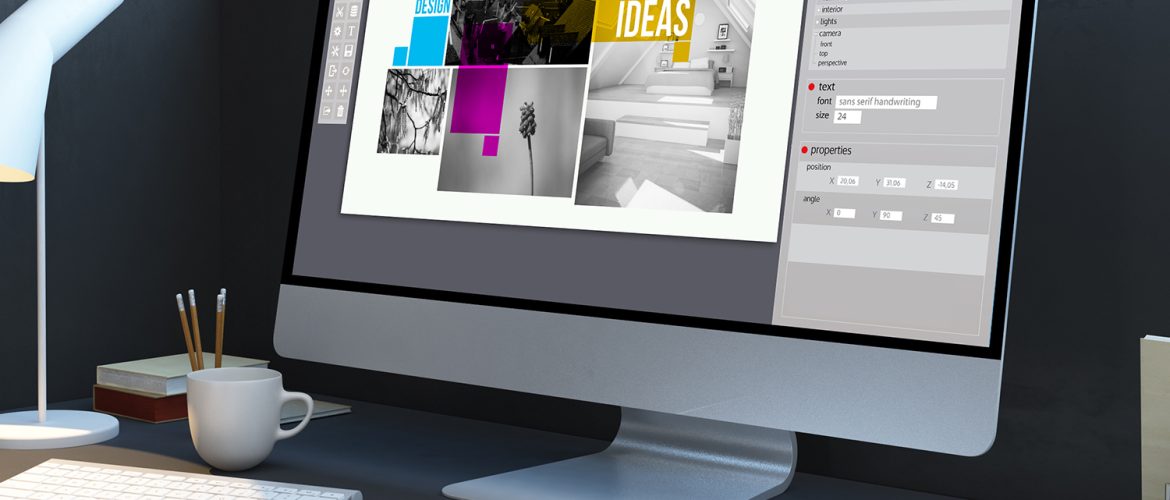Web design of an eCommerce website used to be very simple back in the day. There used to be only one layout. Due to the popularity of mobile and tablet internet browsing, you must now think about web designs for these layouts too.
What is responsive web design?
In simple words, it’s the use of coding and designing to accommodate the size of a device’s screen when your eCommerce website is being viewed. Meaning your website must be viewable whether it’s on desktop or mobile.
As a website builder or when hiring one, they should be able to provide your website with flexible images and CSS styling to accommodate the size or width of the browser screen it is being viewed in.
What is the importance of Responsive Web Design?
It is not practical to create a separate web design for each and every known device on the planet. This method would be costly and never-ending considering the rapid development and production of technology. Responsive web design means making your website future-proof.
A good method is knowing your target audience and what kind of device/s they are more likely to use when viewing your eCommerce website. According to statistics, 51% of browser users use smartphones or mobiles to view websites. Hence, the website design should be mobile screen compatible. When it comes to software and app updates, there are no shortcuts. The best you can do is test your website out on the most popularly used software regularly.
What should be my website dimensions?
Due to the number of devices out there, there is no such thing as coming up with a ‘standard web design layout’. You need to understand that a website can be viewed on all types of devices. For example, an eCommerce website, say a shoe brand: is more likely to be viewed on a desktop or laptop. While a recipe website, it will be more commonly viewed on a mobile.
Use Google Analytics to figure out on which devices is your website most viewed and design at least 3 layouts:
- Small- less than 600px, used for looking on smartphones.
- Medium – 600px to 900px, used for tablets or large smartphones.
- Large- above 900px, used for desktops.
These layouts should have the same text and graphical features however designed to be best displayed according to each device. For example, scaling 1 column on a smartphone screen to 2 columns on a desktop screen.
Remember these important tips
- Prioritize user experience. Ensure your website is easy to navigate and understand.
- Design your website around your content instead of specific screens.
- The mobile layout should be much more engaging as compared to the desktop due to the limited amount of screen space. Think about the main functions of each page.
- Use flexible images so that they are easy to scale up or down. A good code will allow images to scale precisely to the width of the browser.


